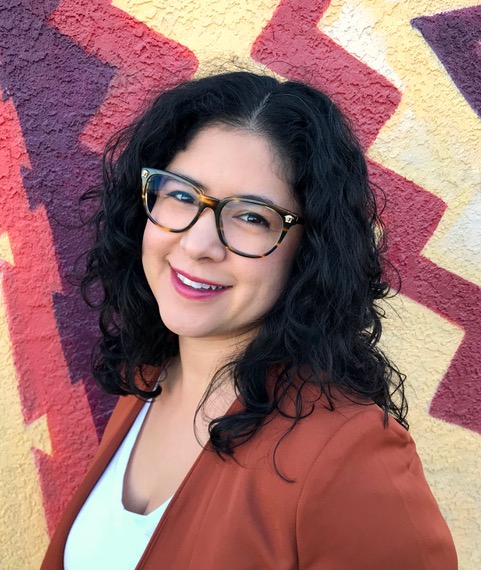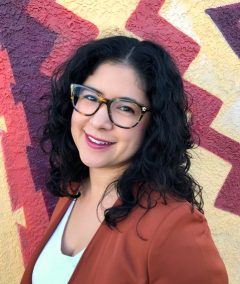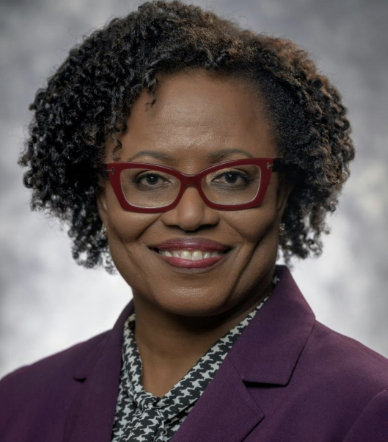
FROM GABRIELLE UBALLEZ, SOUTHWEST PROGRAM OFFICER
NOVEMBER 2023
Native American Heritage Month reminds us in philanthropy of our responsibility to move wealth and resources to Native-led work.
The first step is truth-telling. Indigenous people have faced genocide, land theft, government-ordered displacement, family separation, and ethnocide. Today, Indigenous people still suffer discrimination in the public and private institutions that make wealth-building possible. This consolidated and extracted wealth in the hands of a few, ironically creates the environment for philanthropy itself to exist. And the effect on Native American populations is devastating. Compared to other racial or ethnic groups Native American populations have the highest poverty rate, with one-quarter of Native Americans living in financial poverty, almost twice the national rate.
That is why, while it is essential for funders to provide resources and relief for the acute impacts of poverty, it is not enough. Instead, we must address the financial wealth gap itself. The most recent household wealth data for the typical Native American household shows that they had approximately 8 cents of wealth for every dollar owned by the average White American household, but this analysis is from 2000. Lack of data hinders our ability to address underinvestment in Native American people and communities.
Truth-telling also asks us to acknowledge that Native people are still here. The 2020 census showed there are 9.7 million people who are American Indian and Alaska Native. In January 2021, the United States officially acknowledged 574 Native American tribal entities as American Indian or Alaska Native tribes. In New Mexico, where I live and work, we are home to twenty-three tribes and almost 230,000 Native American citizens, which is nearly 11% of the state’s entire population.
Although American Indian and Alaska Native people comprise 2.9 percent of the U.S. population, only 0.4 percent of all philanthropic funding by large U.S. foundations is directed to Native communities. Over the past 15 years, only one-fifth of large U.S. funders awarded grants explicitly designated to benefit Native American communities and causes. Furthermore, only a small percentage of those dollars are directed to community and economic development: a mere 15.2 percent of grants, just over $75 million, flowed to wealth building in Native communities.
Money alone, however, is not enough. Funders must invest in Native-led wealth creation efforts to repair relationships and truly change systems. To do this authentically, we need to follow Native leadership and fund multiple approaches, including research, convening, connecting, collaboration, grantmaking, and impact investment. Moreover, funders must be curious about – and responsive to – the differences among the Native American people, tribes, and nations and their approach to wealth including: its distribution among members, the economic circumstances of each nation, and the economic position of those not in recognized tribes or Native nations.
As we at AFN have shared, supporting this long-term work led by people of color and Indigenous people demands our extensive and flexible investment, which requires all of us to continuously create and maintain culturally responsive strategies and policies so that we support systemic change led by impacted communities themselves.
As we honor Native American Heritage Month, let us ask ourselves:
- How will I be an accomplice to Native leaders and organizations that are defining and building wealth with their communities?
- What are meaningful and sound investments from their perspective?
- How do I bring other funders along with me so that our collective action has staying power?
As asset-building funders, we live into our values by asking ourselves how we are showing up and sustaining the wealth-building work of our Native communities. I recommit myself today, I invite you to join me.


